THE number of robots used in various sectors in India has increased drastically during the pandemic, reports say.
The 5ft tall Mitra robot, developed by the Bengaluru startup Invento Robotics, has been widely used in the country in the healthcare sector during Covid-19.
The robot, which costs around £10,000, navigates around the hospital wards, guided by facial recognition technology and with a chest-mounted tablet that allows patients and their loved ones to see each other.
India only has about three robots for every 10,000 workers, but the domestic industry is growing rapidly, according to reports.
“Mitra was originally meant for care homes, but was adapted during the pandemic to assist doctors and nurses by taking vital readings, and to help in consultations,” says Balaji Viswanathan, chief executive of Invento Robotics, which now exports the robot to five countries including the US and Australia.
The latest report by the International Federation of Robotics (IFR) says that India is now among the top 10 countries for annual installation of robots in industries.
Industrial robot sales reached a new record of 4,771 in 2018, up 39 per cent from the previous year. The robotics market in India is expected to grow by 20 per cent between 2017 and 2025, estimates say.
Another startup Genrobotics, from the southern state of Kerala, collaborated with local authorities to adapt its spider-shaped robot Bandicoot to clean sewers and manholes, which until then had been cleaned manually.
Now more than 11 Indian states are using the world’s first manhole cleaning robot.
Since 2011 the Indian army has been using Daksh robots equipped with x-ray vision and chemical, biological, radiological and nuclear hazard detection mechanisms. Delhi’s GreyOrange is now making robots for the growing warehousing and automation sector.
India’s automotive sector was the main customer for industrial robots, as it used 62 per cent of the total supplied.
Maruti Suzuki India used robots in its Manesar and Gurgaon plants and Mahindra has a robotic welding line in its plant in Nashik. Tata Motors uses an industrial robot made in India to lift heavy loads.





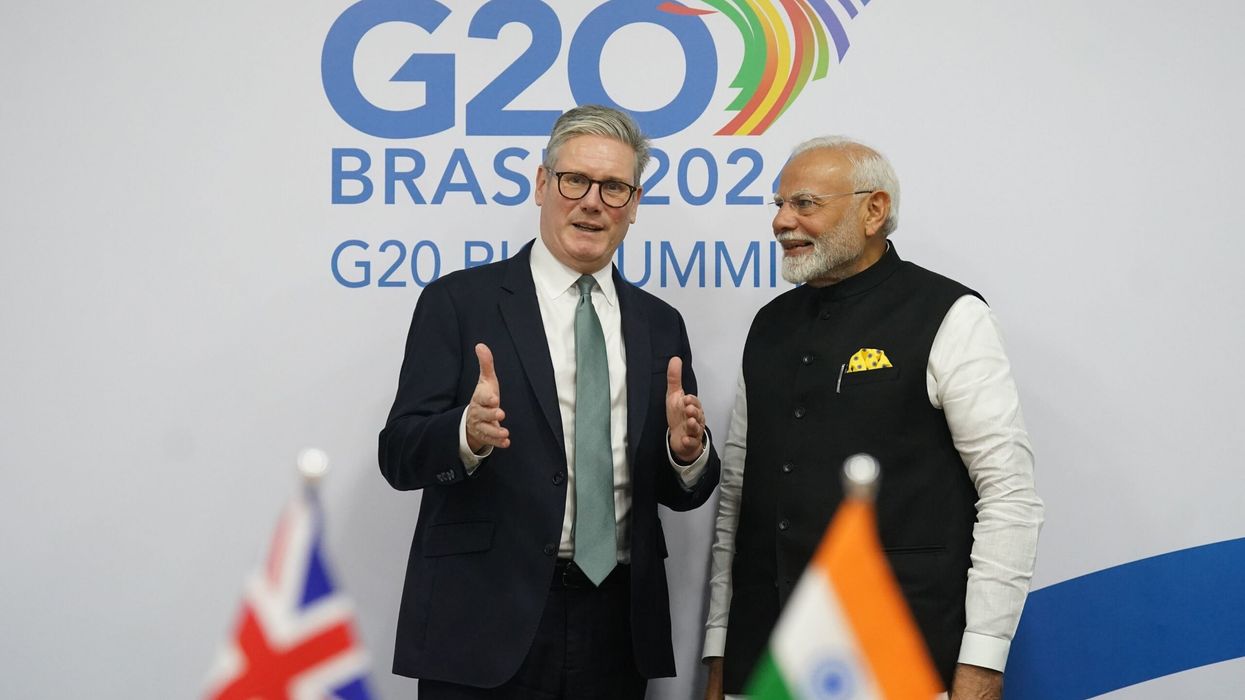
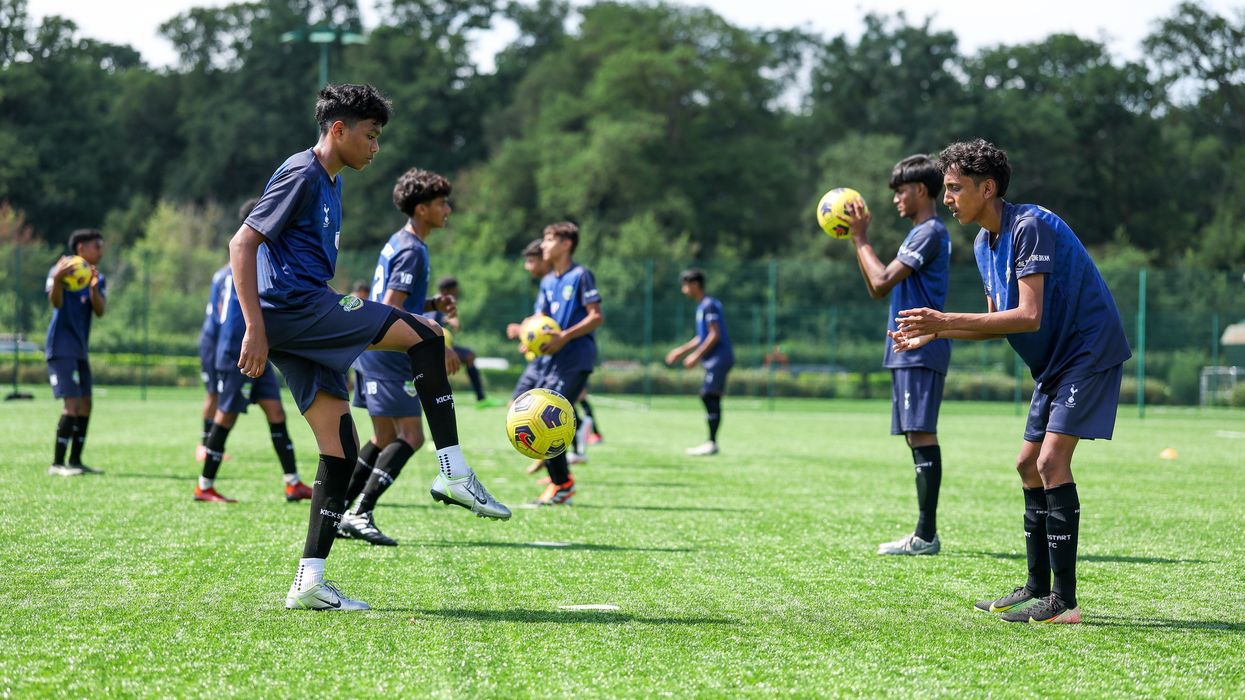



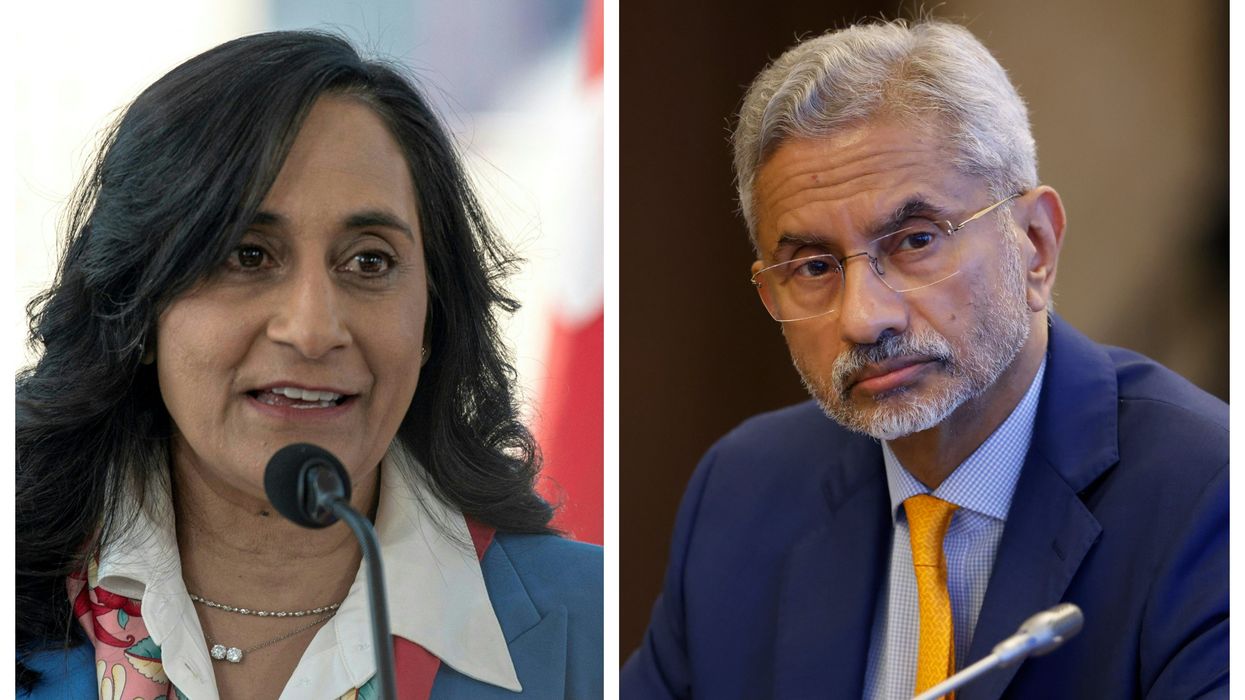


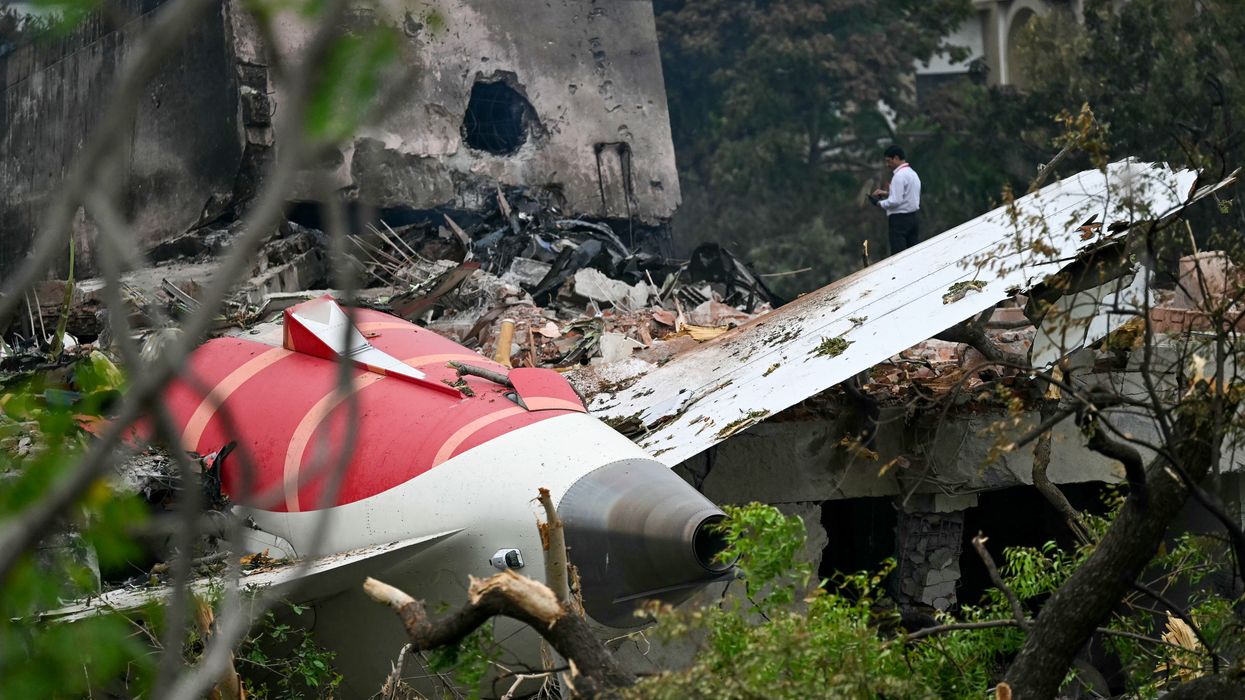

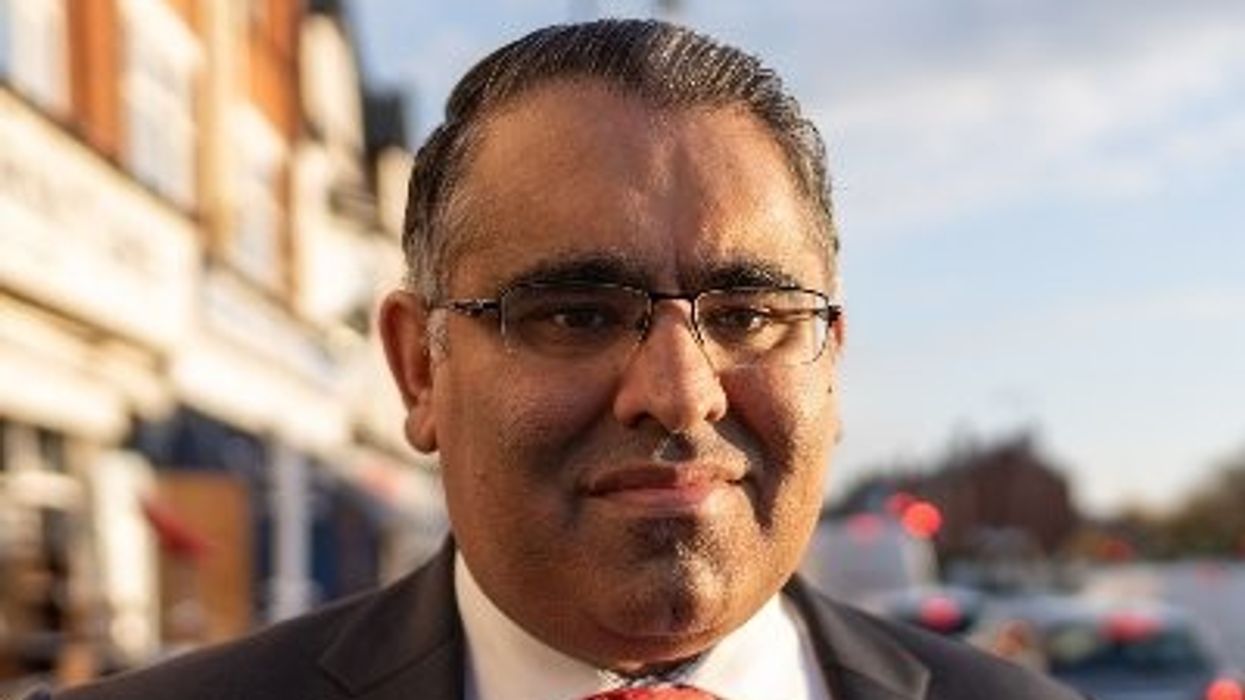

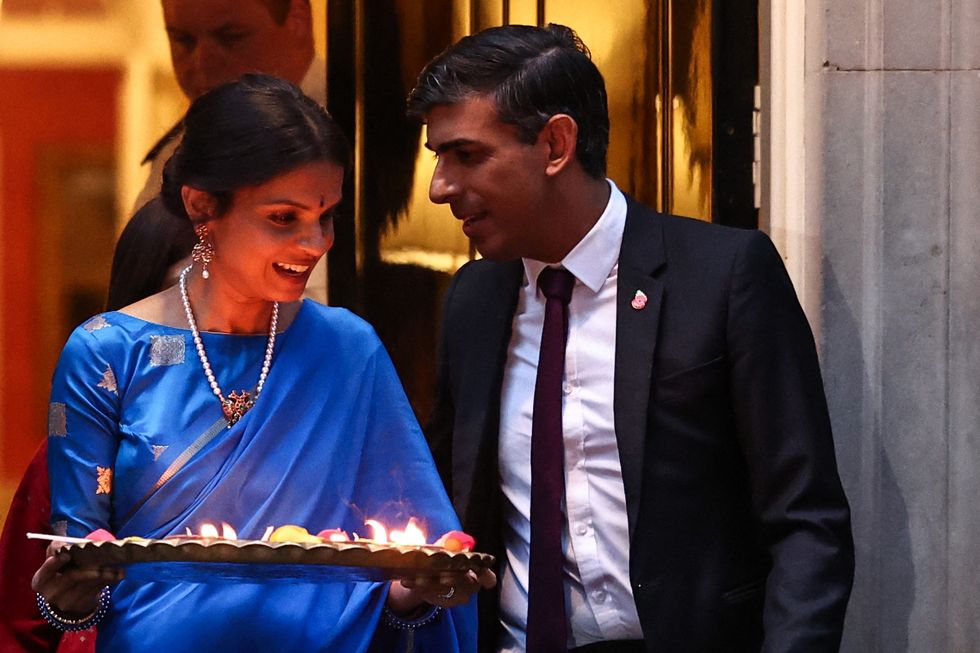 Rishi Sunak and Akshata Murty. (Photo by HENRY NICHOLLS/AFP via Getty Images)
Rishi Sunak and Akshata Murty. (Photo by HENRY NICHOLLS/AFP via Getty Images) 

